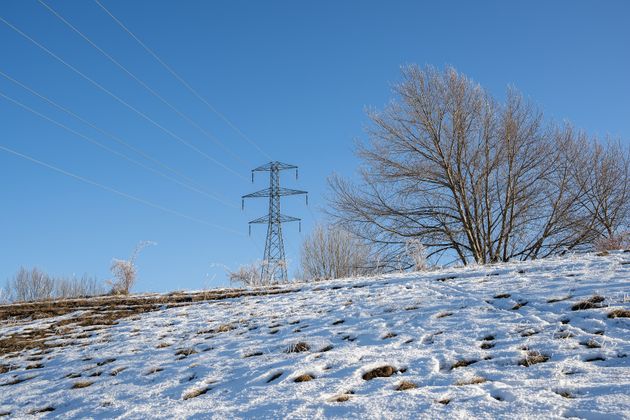Power Outages: Dealing with the inevitable
The electrification of our economy and the greening of the national power grid presents increased risk of “tight” electricity supply situations will be become more frequent. Is your business prepared?
In a November 2023 Ministry of Business Innovation & Employment (MBIE) briefing the Hon. Simeon Brown, Minister for Energy, warned that tight electrical supply situations could become more frequent, especially on cold winter mornings and evenings.
He outlined that the key drivers of this were New Zealand’s fast-growing electrification (more power demand) and our increased reliance on intermittent power generation methods such as wind and solar.
“Our most immediate challenge is to ensure sufficient energy generation to meet peak demand during cold winter mornings and evenings,
“These tight periods can last minutes or hours and are a particular challenge at times when our thermal generators are not already running to provide baseload electricity supply, when the wind drops, or when the weather is colder than forecast,” says the MBIE.
Basically, we are drawing more power than ever before. Every NZ household contains countless electrical devices and appliances that are all drawing power simultaneously – whether they are in use or charging.
We also have around 75,000 electric vehicles being charged, particularly in the evenings, and this number only looks to be increasing exponentially.
The chart below illustrates the increased frequency of warnings since July 2021.

Source: Electricity Authority
Fortunately, the power was maintained during the recent warning period (7am to 9am on Friday 10 May 2024) but it makes for worrying reading if you are a New Zealand business relying on a steady supply of power to crucial operations.
This increased risk is all the more confronting as we head into winter and experience increased weather events, falling trees and car accidents that can’t be anticipated but are responsible for a significant number of NZ’s power outages.
Dirty power or no power – The impact
Whilst calculating the cost of power outages can involve many factors, there is one universal constant: power interruptions are expensive.
The exact downtime costs vary based on the industry or size of your business and the criticality of your operations.
According to Price Waterhouse research, after a power outage disrupts IT systems:
33+ percent of companies take more than a day to recover
10 percent of companies take more than a week
90% of companies that experience a computer disaster and don’t have a survival plan go out of business within 18 months.
This is before we consider any loss of productivity or materials when machines grind to a halt. The loss of PLC programme data or potential damage to sensitive electronic equipment introduces potentially greater and long-term consequences.
Whether it’s a power interruption (brown out) or a power outage (blackout) knowing where your business is exposed, having a recovery plan and having protection that ensures business continuity or, at the very least, enables safe shutdown of critical infrastructure is a no brainer.
The solution? – Protect yourselves
A UPS-based clean power solution will not only provide backup power for your customers’ critical operations and processes, but also protect their sensitive electronic equipment from less obvious damage caused by unclean power.
There are many considerations when designing a clean power solution including selecting the correct UPS topology (standby, line interactive or on-line), the sizing of batteries, filtering, site reticulation and environmental considerations.
Deploying a fit-for-purpose UPS solution is vital, particularly when protecting critical operations and expensive equipment. Like most things in our industry, you do get what you pay for.
For the best advice engage a specialist UPS company that has the knowledge and products to work with you on designing and implementing a complete clean and reliable power solution, tailored to your customers’ unique operational requirements.
Sources:

